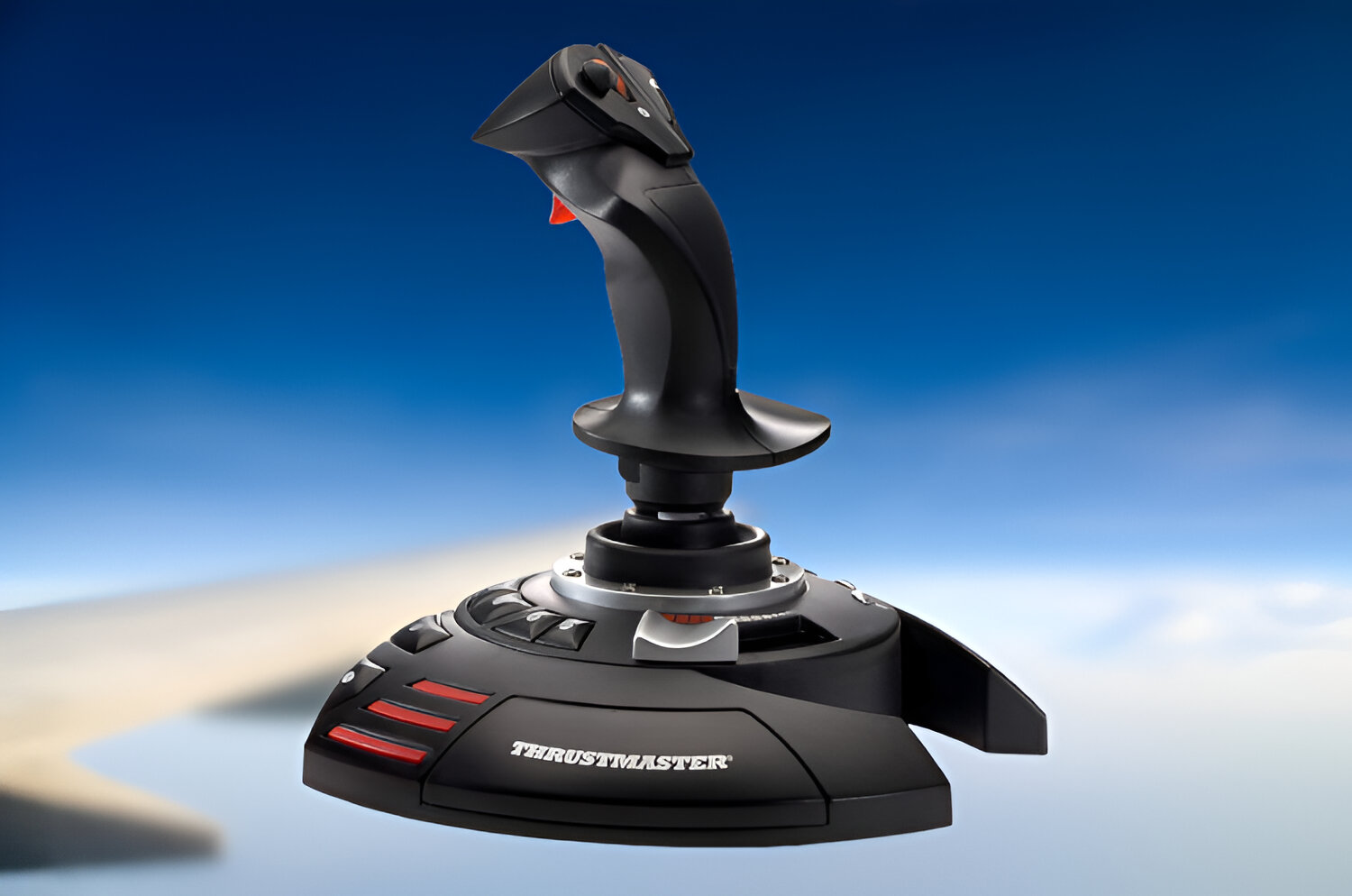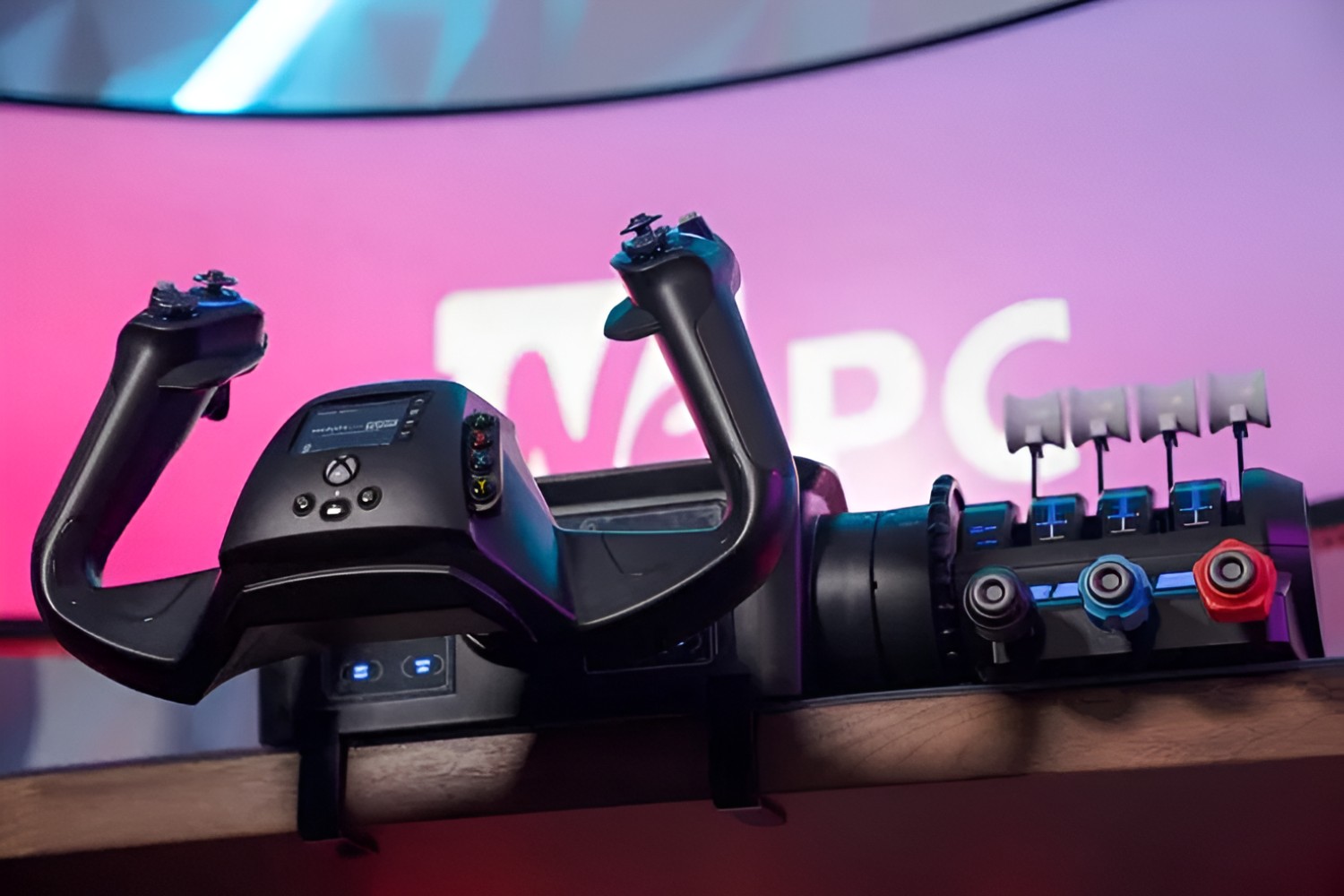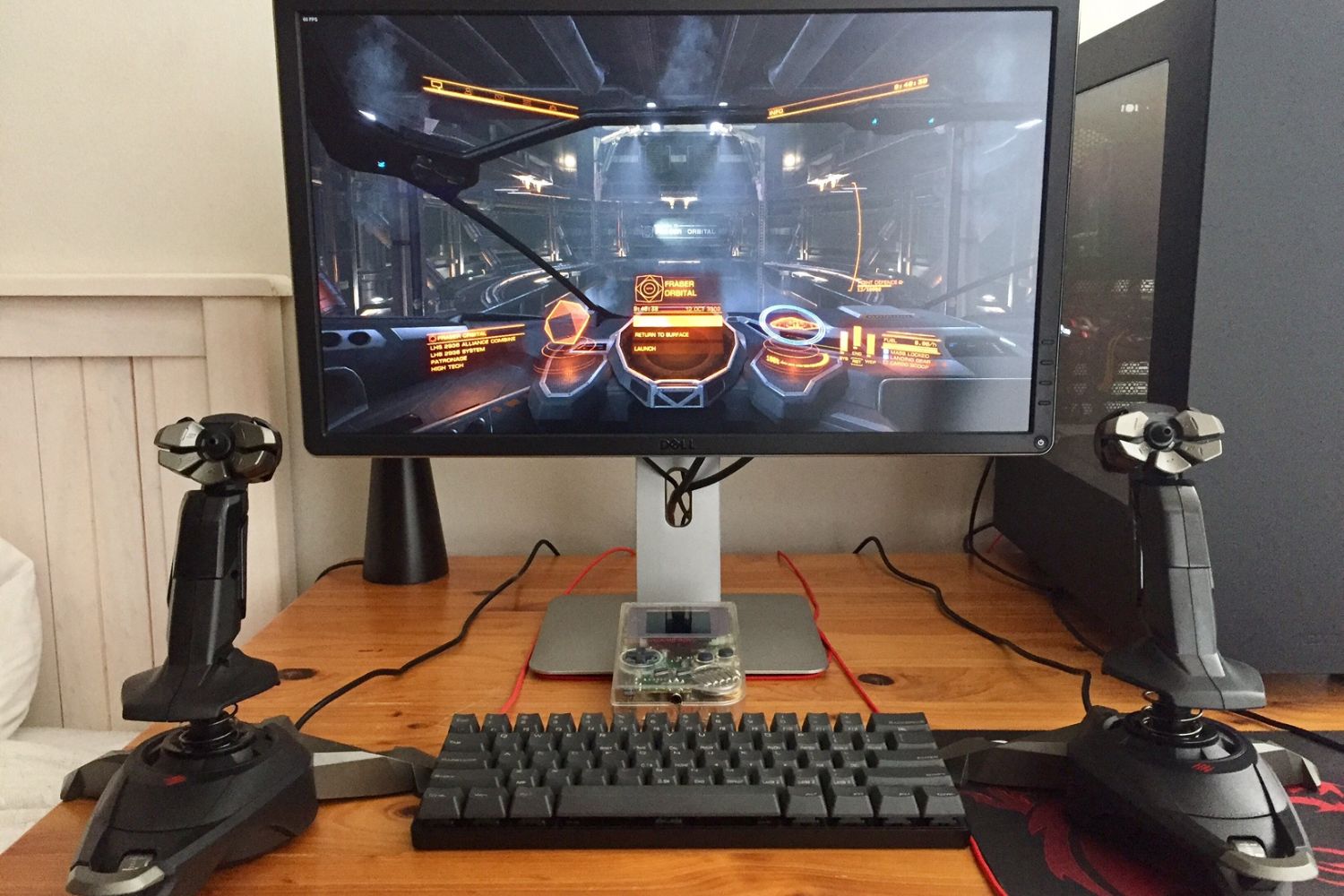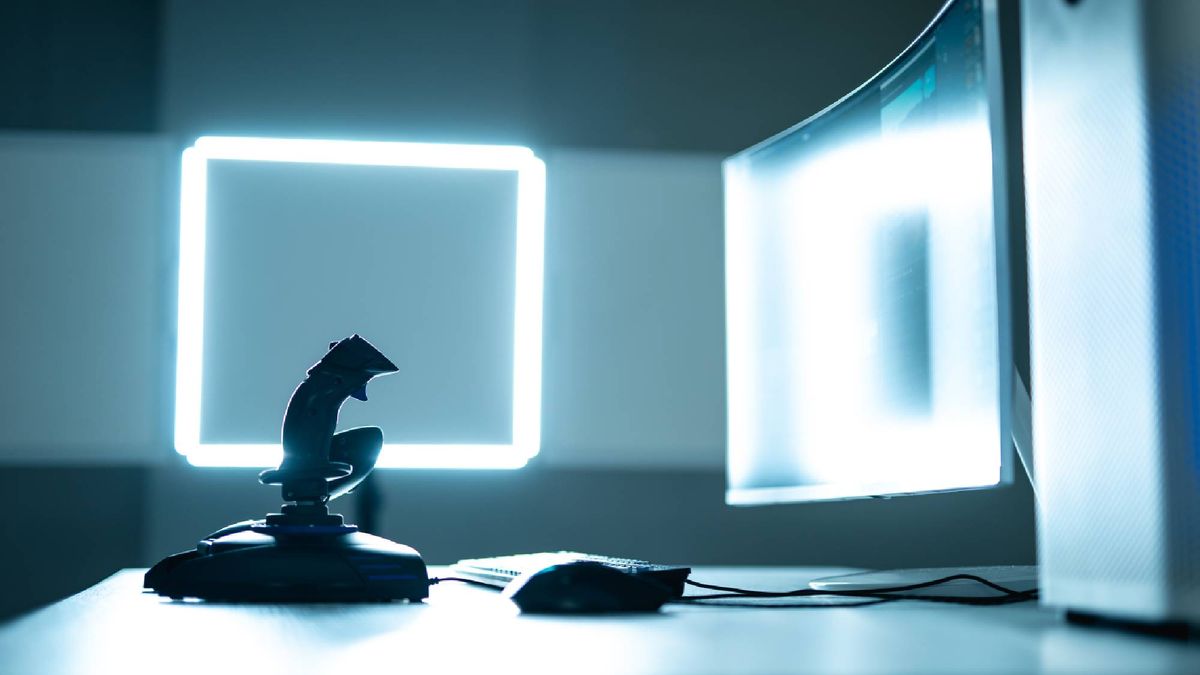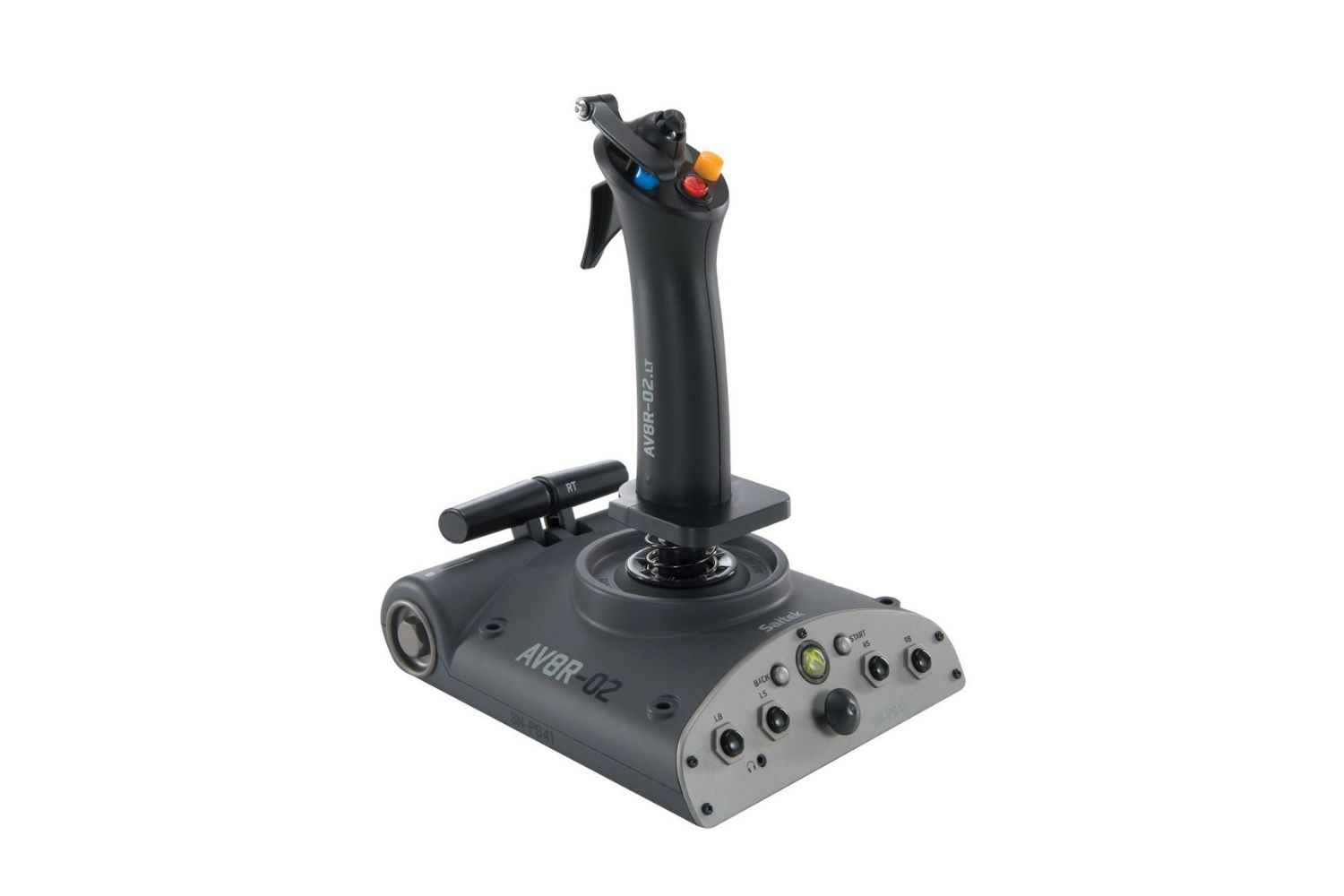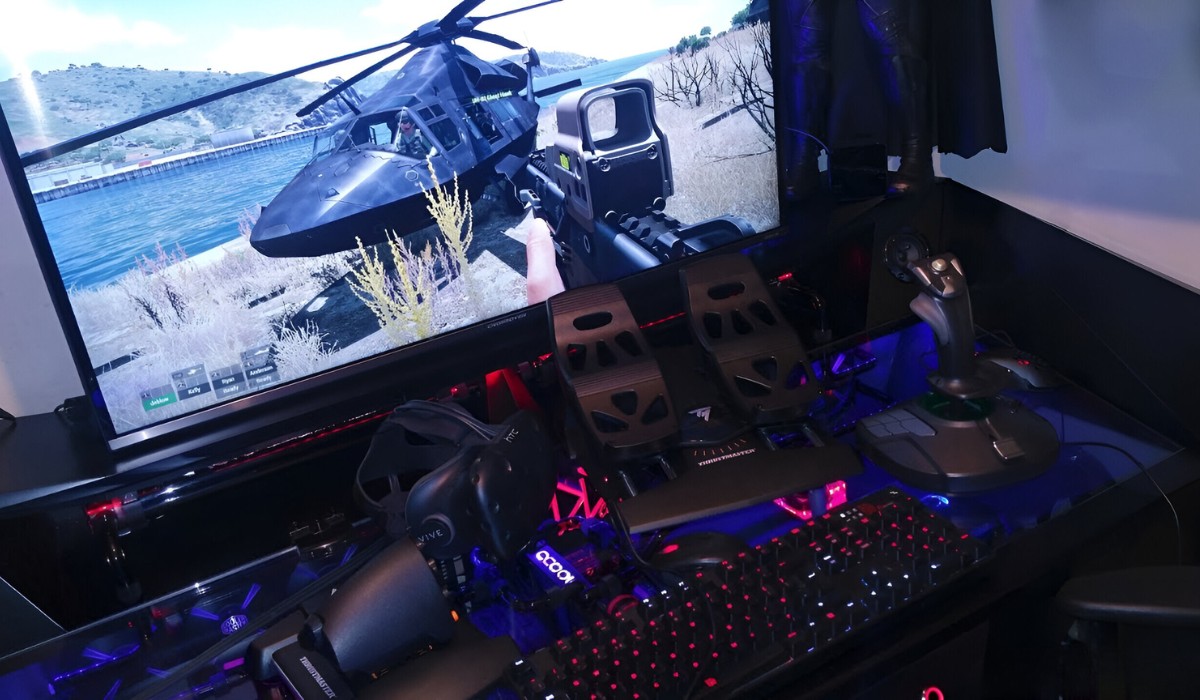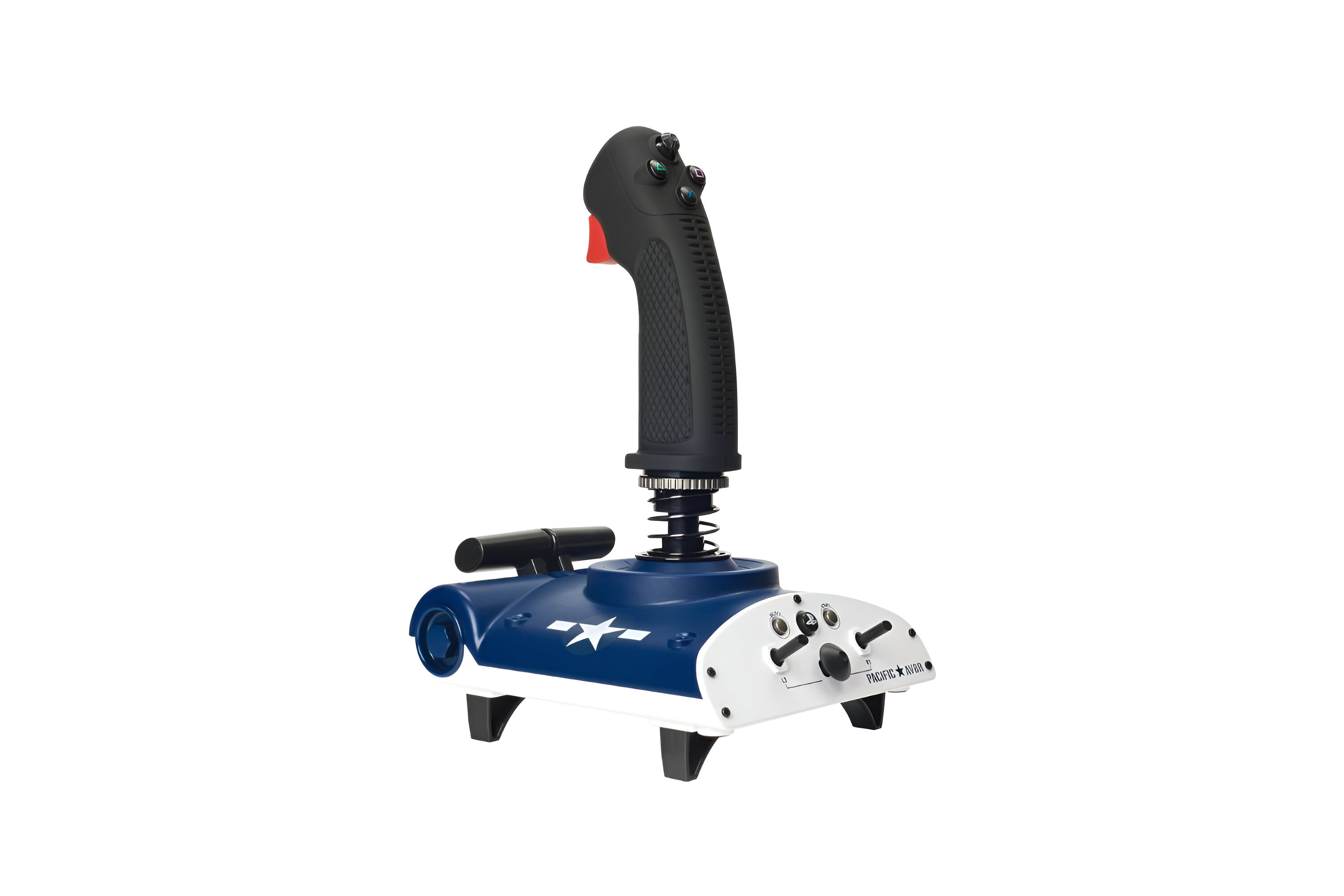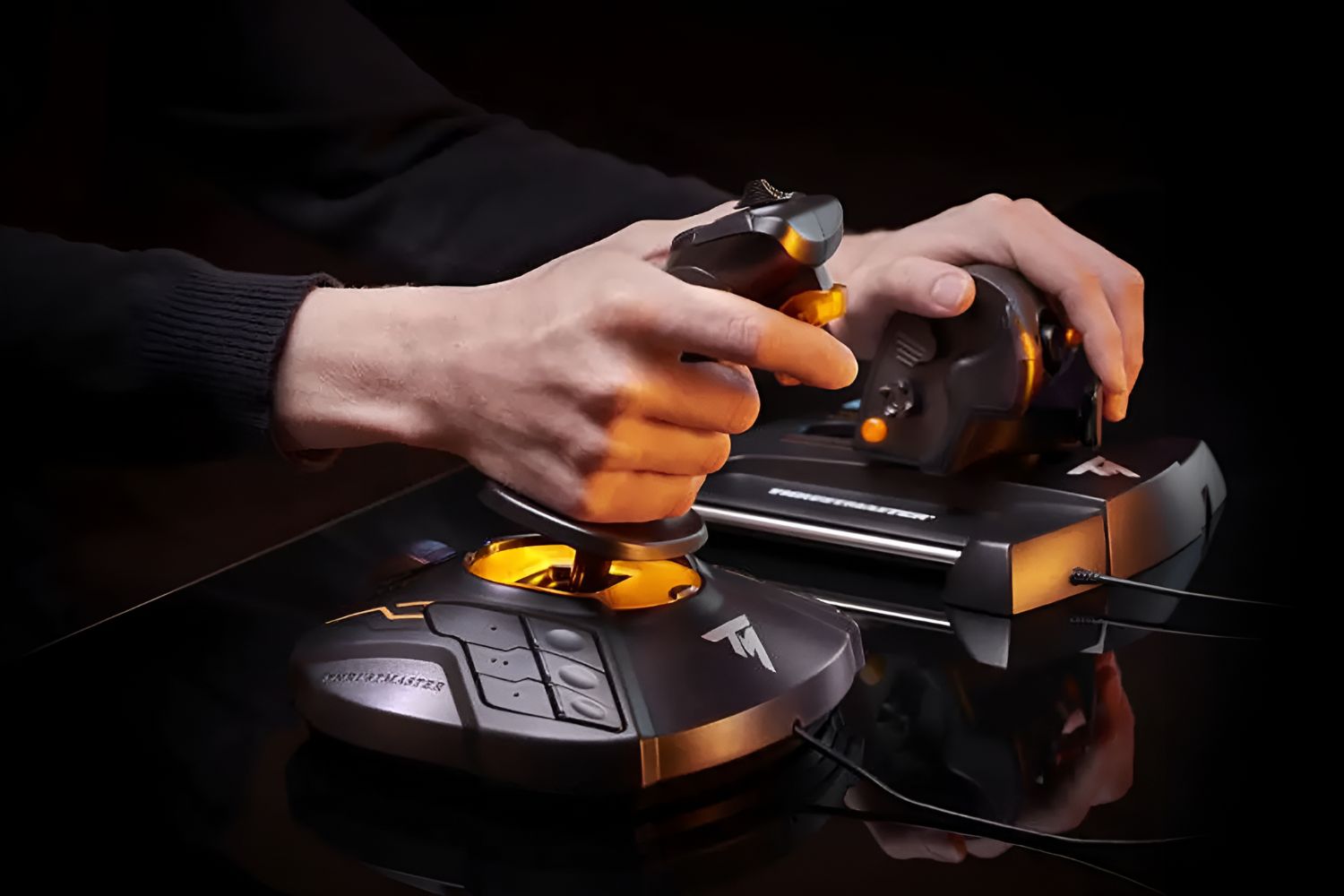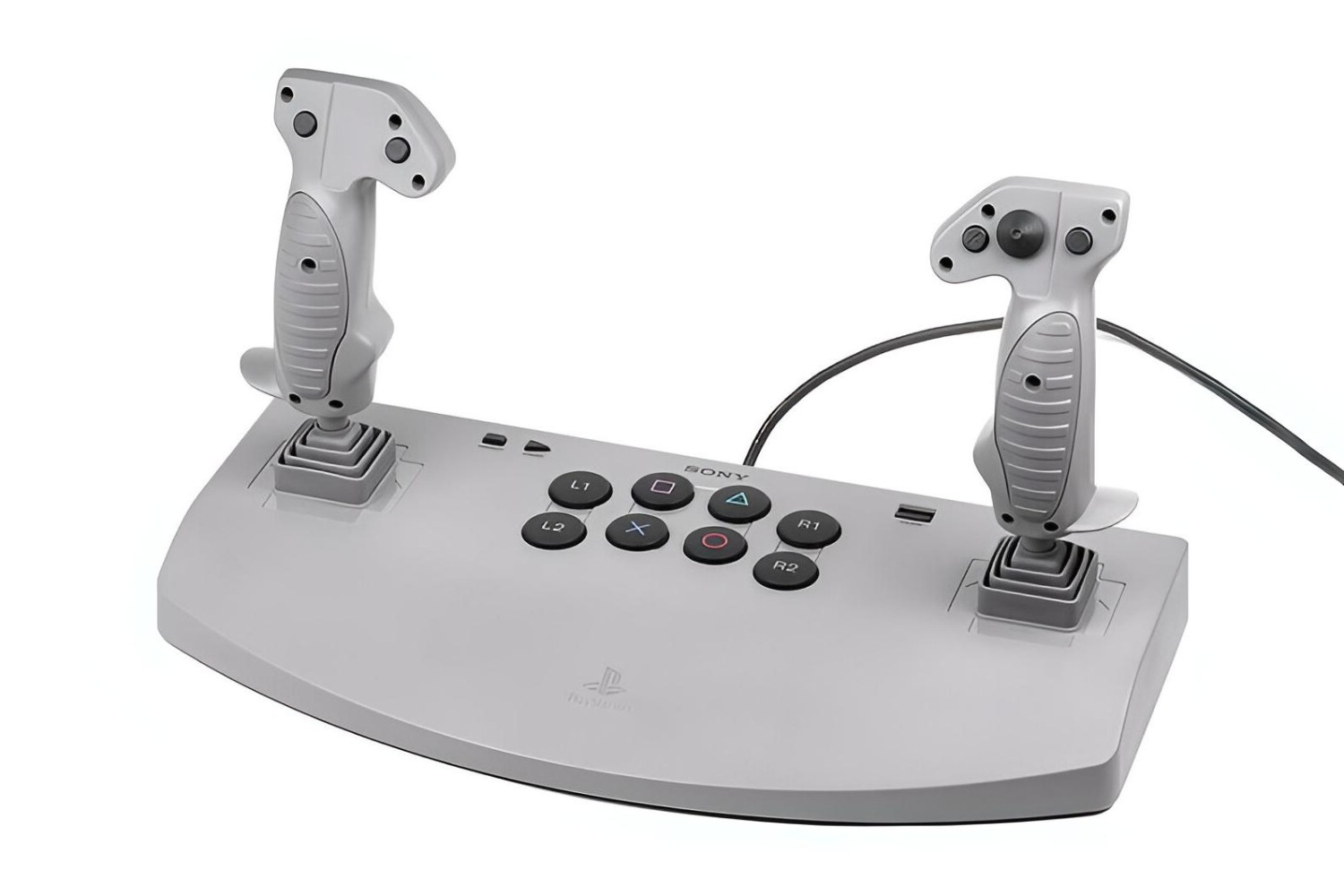Introduction
If you're an avid flight simulation enthusiast or a gamer who enjoys flying games, having a reliable flight stick is essential for an immersive and enjoyable experience. However, before you embark on your virtual flying adventures, it's crucial to ensure that your flight stick is in optimal working condition. Testing your flight stick not only guarantees a smooth and responsive performance but also helps identify any potential issues that may hinder your gaming experience.
In this comprehensive guide, we'll walk you through the step-by-step process of testing a flight stick to ensure that all its components are functioning as intended. Whether you're a seasoned pilot or a novice aviator, conducting these tests will provide you with the confidence and assurance needed to take to the virtual skies without any unexpected setbacks.
By following the instructions outlined in this guide, you'll gain the knowledge and skills necessary to assess the functionality of your flight stick thoroughly. From testing the buttons and triggers to evaluating the joystick movement and ensuring compatibility with different games, you'll learn how to perform a comprehensive assessment that will enhance your gaming experience. So, let's dive in and prepare to put your flight stick to the test!
Preparing the Flight Stick for Testing
Before delving into the testing process, it’s essential to prepare your flight stick to ensure accurate and reliable results. Start by connecting the flight stick to your computer or gaming console using the appropriate cables and ports. Ensure that the device is securely connected and recognized by the system before proceeding with the tests.
Next, it’s advisable to install any necessary drivers or software provided by the manufacturer. These drivers often contain essential updates and optimizations that can significantly impact the performance of the flight stick. By ensuring that the latest drivers are installed, you can maximize the accuracy and responsiveness of the device during testing.
Additionally, take a moment to inspect the physical condition of the flight stick. Check for any signs of wear and tear, loose connections, or damaged components. It’s crucial to address any physical issues before testing to avoid misinterpreting the results or causing further damage during the evaluation process.
Once the physical and software preparations are complete, position the flight stick in a comfortable and accessible manner. Ensure that the device is placed on a stable surface, allowing for unrestricted movement during the testing phase. Creating a conducive testing environment will enable you to assess the flight stick’s performance accurately without any external hindrances.
By diligently preparing the flight stick for testing, you set the stage for a thorough and effective evaluation of its functionality. Taking the time to establish a solid foundation ensures that the subsequent testing procedures yield reliable and actionable insights into the performance of your flight stick.
Testing the Buttons and Triggers
Once the flight stick is prepared, the next step is to evaluate the functionality of its buttons and triggers. This crucial aspect of testing ensures that the primary controls of the flight stick operate as intended, allowing for seamless interaction during gameplay.
Begin by systematically pressing each button on the flight stick, taking note of the responsiveness and tactile feedback. Verify that each button registers input accurately and consistently, without any delays or irregularities. Additionally, assess the triggers, such as the throttle and weapon control mechanisms, to confirm that they function smoothly and precisely.
During the testing process, consider mapping the buttons and triggers to specific functions within your flight simulation software or game. This allows you to verify that the assigned commands correspond to the physical inputs on the flight stick. By cross-referencing the button and trigger functions with the in-game actions, you can ensure that the controls align seamlessly with your intended gameplay actions.
It’s also beneficial to assess the ergonomics of the buttons and triggers, evaluating their placement and accessibility during use. A well-designed flight stick should offer intuitive access to essential controls, allowing for comfortable and efficient operation during extended gaming sessions.
By meticulously testing the buttons and triggers of your flight stick, you can gain confidence in the reliability and precision of its primary controls. This foundational assessment sets the stage for a comprehensive evaluation of the flight stick’s overall performance, ensuring that you’re equipped with a responsive and functional device for your virtual flying endeavors.
Testing the Joystick Movement
After confirming the functionality of the buttons and triggers, the next critical step in testing a flight stick involves assessing the movement and responsiveness of the joystick. The joystick serves as the primary control interface for navigating virtual aircraft, making it essential to ensure its accuracy and precision.
Begin by gently manipulating the joystick in all directions, taking note of the smoothness and fluidity of movement. Verify that the joystick responds to input with the appropriate level of resistance, providing a tactile sense of control without being overly stiff or loose. Additionally, assess the centering mechanism of the joystick to ensure that it returns to a neutral position reliably after being displaced.
During the testing process, pay attention to any dead zones or erratic behavior in the joystick’s movement. Dead zones refer to areas where minimal input fails to register, potentially impacting the responsiveness and accuracy of control inputs. Conversely, erratic behavior may manifest as unintended jitter or drift in the joystick’s position, indicating potential calibration or hardware issues.
It’s also advisable to test the joystick’s range of motion by performing gradual and full deflection movements. Confirm that the joystick accurately translates your physical input into corresponding movements within the virtual environment, allowing for precise and nuanced control over the aircraft.
As you conduct these tests, consider the ergonomic design of the joystick and its compatibility with different hand sizes and grip styles. A well-designed joystick accommodates a range of user preferences, ensuring that it remains comfortable and intuitive to use across various gaming scenarios.
By thoroughly evaluating the joystick movement, you can ascertain the responsiveness, accuracy, and overall quality of this pivotal component of the flight stick. A reliable and precise joystick enhances the immersive experience of virtual flight simulations, empowering you to navigate the skies with confidence and finesse.
Checking the Calibration
Calibration plays a crucial role in ensuring that a flight stick operates with optimal accuracy and responsiveness. Proper calibration aligns the physical movements of the joystick and the button inputs with the corresponding actions in the virtual environment, enhancing the overall precision and realism of the gaming experience.
Commence the calibration check by accessing the settings or control panel specific to your flight stick. Many manufacturers provide calibration utilities or software that facilitate the adjustment of sensitivity, dead zones, and axis response curves. Utilize these tools to verify and, if necessary, fine-tune the calibration settings to suit your preferences and gameplay requirements.
When assessing calibration, focus on the responsiveness of the flight stick to subtle inputs. Gradually manipulate the joystick and observe how the virtual aircraft or control surfaces react to your movements. Ensure that the calibration settings allow for nuanced and accurate control, enabling you to execute gentle maneuvers and precise adjustments during flight simulations.
Additionally, test the calibration of the buttons and triggers, confirming that their input sensitivity aligns with your desired level of control. Calibration discrepancies in these components can lead to inconsistent or delayed responses, impacting the overall functionality of the flight stick during gameplay.
During the calibration check, consider the impact of environmental factors such as ambient temperature and humidity on the performance of the flight stick. Extreme conditions can influence the sensitivity and behavior of the device, necessitating periodic recalibration to maintain optimal functionality.
By meticulously examining the calibration of your flight stick, you can fine-tune its settings to match your preferences and optimize its performance for a wide range of flight simulation scenarios. A well-calibrated flight stick enhances the immersive nature of virtual flying experiences, allowing you to enjoy precise and responsive control over your aircraft.
Testing the Compatibility with Different Games
Once you have assessed the individual components and functionality of your flight stick, it’s essential to evaluate its compatibility with a variety of flight simulation games. Different games may utilize distinct control schemes and input configurations, making it crucial to ensure that your flight stick seamlessly integrates with the specific requirements of each title.
Begin by selecting a diverse range of flight simulation games that represent various genres and gameplay styles. These may include realistic flight simulators, combat-focused aerial games, and arcade-style flying experiences. By testing your flight stick across a spectrum of titles, you can gain insights into its adaptability and performance in different gaming environments.
As you navigate through the menus and gameplay interfaces of each game, verify that the flight stick’s inputs are recognized and configurable within the game settings. Confirm that you can map the joystick, buttons, and triggers to the desired in-game controls, allowing for a personalized and intuitive gaming experience.
During gameplay, pay attention to the responsiveness and accuracy of the flight stick across various flight scenarios and mission types. Assess how well the flight stick facilitates precise maneuvers, control over aircraft systems, and combat engagements, depending on the specific requirements of each game. Additionally, evaluate the overall immersion and enjoyment derived from using the flight stick within each gaming environment.
Consider the feedback and reviews from other users who have tested the same flight stick with different games. Online forums, community discussions, and user reviews can provide valuable insights into the compatibility and performance of the flight stick across a broad spectrum of flight simulation titles.
By thoroughly testing the compatibility of your flight stick with different games, you can ascertain its versatility and adaptability in meeting the diverse demands of various flight simulation experiences. A flight stick that seamlessly integrates with a range of games enhances your gaming versatility and ensures an engaging and immersive virtual flying experience across multiple gaming scenarios.







